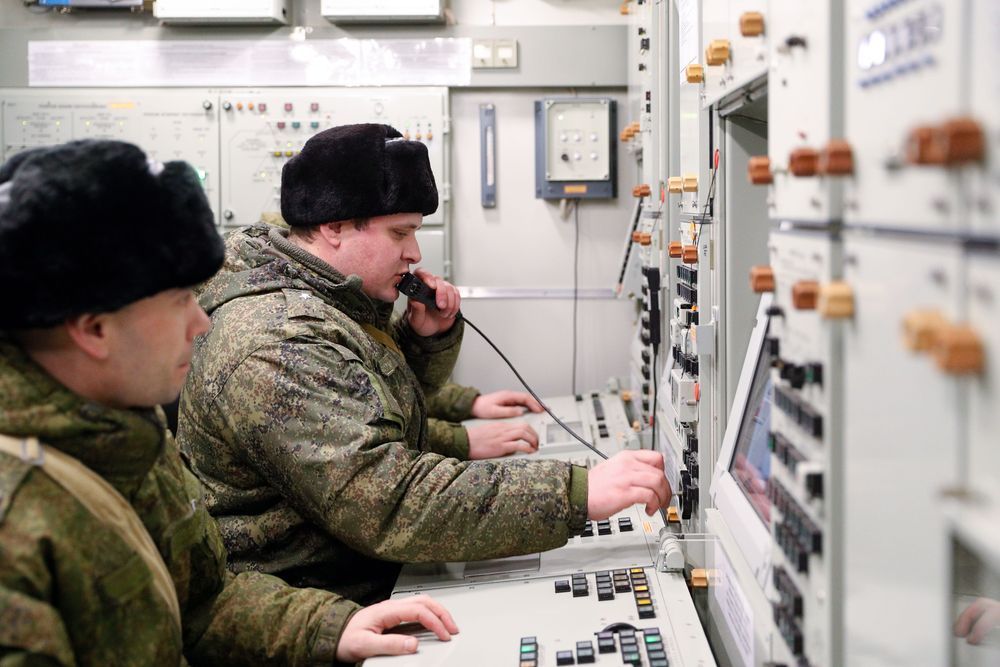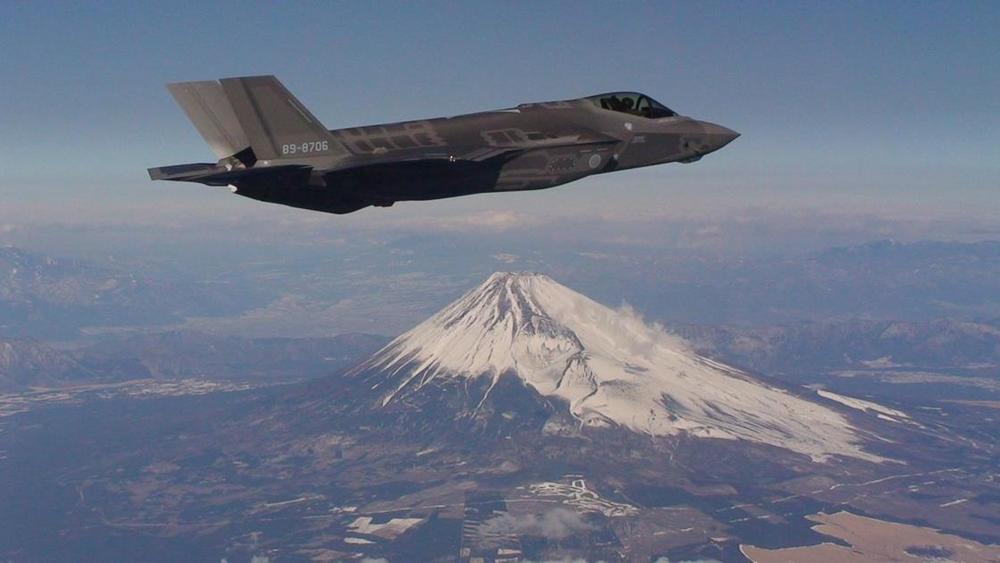SpaceX has test-fired a Falcon 9 rocket for South Korea’s first military satellite launch on July 14.



The U.S. Navy confirmed a fire on vessel USS Bonhomme Richard in San Diego, Calif., that happened while routine maintenance was underway. July 12, 2020.
NBC News: Several sailors injured after apparent explosion and fire on a military ship in San Diego, according to San Diego Fire-Rescue authorities.


Japan has been cleared by the US State Department to buy 105 Lockheed Martin F-35 Lightning II stealth fighters as part of a package worth an estimated $23.11 billion.
The potential F-35 deal is the second largest foreign military sale approved by Washington in history, behind a $29.4 billion sale of Boeing F-15SA fighters and associated weapons to Saudi Arabia in 2010.

ST. GEORGE — An invention that could lead to the end of gunpowder is not just an idea — it’s already been used in a real-world military mission.
Priced at $1 million, ZHeus 3 is not a gun; it’s a “platform” that has taken Harvester, a St. George-based inventor, 15 years to design. Harvester could not release his full name because he still has a commitment to national security.
The idea for this invention, along with an improved armor, began some 15 years ago when Harvester’s best friend died in his arms after being shot during an Air Force mission. The bullet shot straight through his friend’s bulletproof vest and kept going.
Innovation.
The U.S. Air Force plans to have an operational combat drone by 2023. The service plans to build out a family of unmanned aircraft, known as Skyborg, capable of carrying weapons and actively participating in combat. The Air Force’s goal is to build up a large fleet of armed, sort-of disposable jets that don’t need conventional runways to take off and land.
The Air Force, according to Aviation Week & Space Technology, expects to have the first operational Skyborg aircraft ready by 2023. Skyborg will be available with both subsonic and supersonic engines, indicating both attack and fighter jet versions. The basic design (or designs) will likely be stealthy, carrying guided bombs, air defense suppression missiles, and air-to-air missiles inside internal weapons bays. Interesting, according to AvWeek, the Air Force is considering Skyborg as a replacement not only for the MQ-9 Reaper attack drone but early versions of the F-16 manned fighter.
Designed with former elite military operatives, the Ceramic Clothing System from Vollebak is as hardcore as any extreme conditions you might encounter. It boasts a three-part layering system that is the first in the world to use ceramic technology to make their T-Shirt, Baselayer, and Midlayer. All three are abrasion resistant yet soft, stretchy, breathable and as comfy as your favorite sports clothing. And each Ceramic layer is embedded with over 100,000 particles that can’t be scratched off or washed away.


Researchers at the Army Research Laboratory have developed a new method to protect and safeguard quantum information, moving quantum networks a step closer to reality.
Quantum information science is a rapidly growing interdisciplinary field exploring new ways of storing, manipulating and communicating information. Researchers aim to create powerful computational capabilities using new hardware that operates on quantum physics principles.
For the army, these new quantum paradigms could potentially lead to transformational capabilities in fast, efficient and secure collecting, exchanging and processing vast amounts of information on dynamic battlefields in the future.

Antibiotic resistance is on the rise and is recognized by both the CDC1 and the U.S. Military2 as a current – and formidable – global health threat. The U.S Department of Defense (DoD) has long documented the warfighter’s outsized risk of exposure to infectious disease, including the increasing number of multi-drug resistant (MDR) organisms that have challenged military wound care in Iraq and Afghanistan3. Despite this looming crisis, there has been a notable exodus of pharmaceutical companies from the antibiotic space, as well as several high-profile failures of biotechnology companies focused on antibiotic development4. Current therapeutics to combat microbial infections, including MDR microbes and bacterial biothreats, are insufficient to meet the growing need, and existing methods to develop new treatments are too slow and/or costly to combat emerging drug resistance in pathogenic microorganisms.
DARPA’s Harnessing Enzymatic Activity for Lifesaving Remedies (HEALR) program aims to utilize a new therapeutic design toolkit and novel strategies/modalities to effectively treat microbial infections. Specifically, HEALR seeks to develop new medical countermeasures (MCMs) by recruiting native cellular machinery to recognize and clear disease-related targets for treating these infections. These advances could result in host-driven degradation or deactivation of pathogen targets, which may not only inhibit but could stop the pathogen in its tracks.
“HEALR presents the opportunity to identify drugs that are safer, more effective, and better address drug resistance and bacterial infections than existing therapeutic modalities,” noted Seth M. Cohen, Ph.D., program manager for the DARPA HEALR program. “By harnessing innate cellular processes, such as those exploited by proteolysis targeting chimeras (PROTACs) and similar approaches, HEALR intends to achieve superior outcomes over existing therapies.”